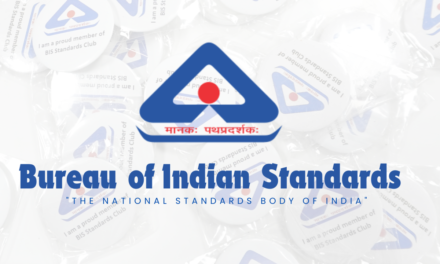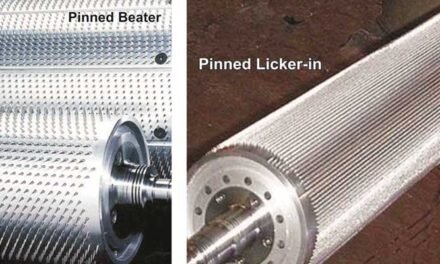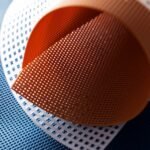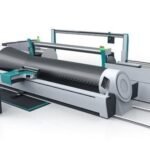What types of fabrics are commonly used as a base for coated fabrics, and what makes them ideal for coating?
Coated fabrics consist of a textile base that is coated with polymer, rubber, or other materials to enhance performance characteristics like waterproofing, durability, and flexibility. The choice of base fabric is crucial as it determines the strength, texture, and durability of the coated fabric.
1. Polyester Fabric:
- Why Ideal for Coating?
- Strong and durable.
- Resistant to stretching and shrinking.
- Excellent chemical resistance.
- Cost-effective.
- Common Uses: Rainwear, upholstery, tarpaulins, airbags, banners.
2. Nylon Fabric:
- Why Ideal for Coating?
- High tensile strength and elasticity.
- Lightweight and abrasion-resistant.
- Good chemical resistance.
- Common Uses: Luggage, parachutes, military fabrics, outdoor gear, tents.
3. Cotton Fabric:
- Why Ideal for Coating?
- Natural fiber with breathability.
- Good moisture absorption.
- Soft and comfortable.
- Common Uses: Medical textiles, fashion garments, workwear.
4. Canvas Fabric (Cotton or Polyester-Blend):
- Why Ideal for Coating?
- Heavyweight and highly durable.
- Strong weave structure.
- Resistant to tearing.
- Common Uses: Tents, tarpaulins, awnings, industrial bags.
5. Fiberglass Fabric
- Why Ideal for Coating?
- Extremely heat-resistant.
- High tensile strength and dimensional stability.
- Fire-resistant properties.
- Common Uses: Fireproof materials, aerospace textiles, insulation fabrics.
6. Aramid Fabrics (Kevlar, Nomex):
- Why Ideal for Coating?
- Superior heat resistance.
- High tensile strength and abrasion resistance.
- Excellent impact resistance.
- Common Uses: Protective clothing, bulletproof vests, fire-resistant garments.
7. Wool Fabric:
- Why Ideal for Coating?
- Naturally fire-resistant.
- Good moisture-wicking properties.
- Insulating and warm.
- Common Uses: Military fabrics, winter outerwear, high-end upholstery.
8. Spandex (Lycra, Elastane):
- Why Ideal for Coating?
- Exceptional elasticity.
- Lightweight and flexible.
- Common Uses: Sportswear, stretchable coated textiles, medical compression wear.
9. Polypropylene Fabric:
- Why Ideal for Coating?
- Lightweight and strong.
- Resistant to moisture and chemicals.
- Non-toxic and recyclable.
- Common Uses: Geotextiles, disposable medical fabrics, packaging.
10. Blended Fabrics (Poly-Cotton, Cotton-Nylon, etc.):
- Why Ideal for Coating?
- Combines the best properties of different fibers.
- Balances durability, breathability, and cost.
- Common Uses: Workwear, upholstery, fashion applications.
Key Factors That Make Fabrics Ideal for Coating:
- Strength & Durability – The fabric should withstand stress and tension.
- Absorption & Adhesion – The fabric should hold the coating material well.
- Flexibility – Important for coated fabrics used in flexible applications (e.g., garments, bags).
- Resistance to Heat & Chemicals – Necessary for industrial and technical textiles.
- Lightweight vs. Heavy-Duty Options – Depending on the application, lightweight or heavyweight fabrics are chosen.







